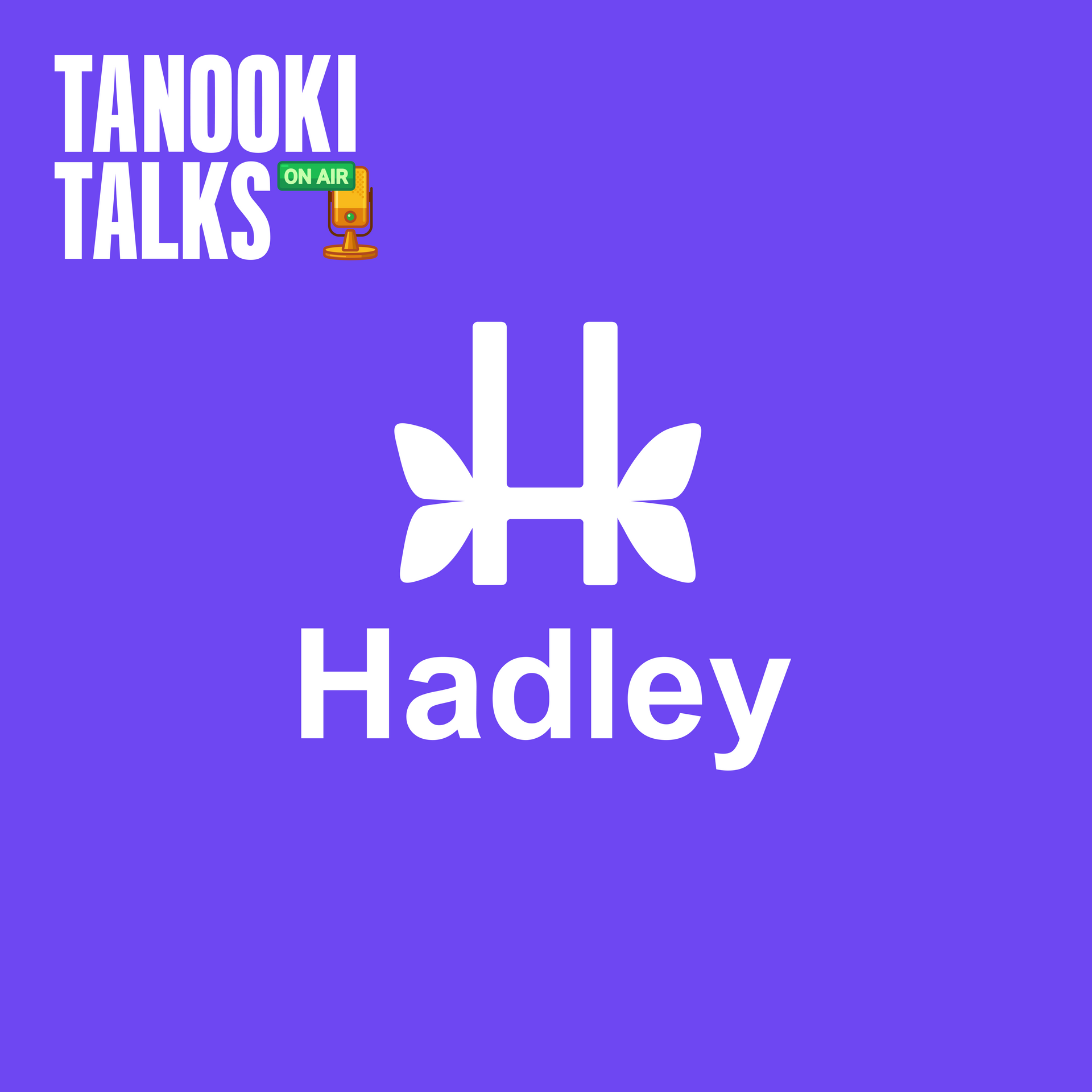Business Cyrano: AI isn’t coming for your jobs
But it is coming to whisper in the ear of your workers.
In the classic story of Cyrano de Bergerac, a brilliant man whispers in the ear of a young, inexperienced suitor to help him succeed in romance. The tragic twist of the story is the woman falls in love with Cyrano’s words but Cyrano himself believes she could never love him if she saw his face.
Today, with AI exploding into every product and every experience, there’s a similar backlash. Consumers don’t want to feel like they’ve been foisted off on some AI. We’ve all dealt with years of fighting through robotic phone-trees before we’re finally allowed to talk to a real person. We want to feel listened to and cared for, and we want to talk with someone who’s got a depth of knowledge and tools to help, whether it’s for sales, support or something else.
How can we combine the best of both worlds, providing real human connection where it’s needed, but backing up the humans on the front lines with all of the knowledge and experience that’s currently locked up in documentation, support articles, and in the minds of senior people in our organizations?
Enter the concept of a “Business Cyrano,” an AI which can sit alongside workers and provide them with key insights, propose solutions and compose chat and emails, and connect the dots between what’s being asked for and how to best serve the customer.
Contrary to what you might expect, these chatbots don’t need expensive and complicated fine-tuning on all of your documents. In fact, attempting to re-train a large language model on a relatively small amount of information doesn’t usually work very well, either over-fitting for the new data and losing general intelligence, or failing to incorporate the learnings from the information you’ve provided, and defaulting to it’s own knowledge (or worse, making things up)
So, how do we create an AI which both has the knowledge we want it to incorporate without retraining? Retrieval Augmented Generation, or RAG, which is a fancy way of saying “look up relevant information and then insert it into the prompt before responding to the user”
The reason this works well is that we’re able to combine two recent innovations with ChatGPT style language generation. The first innovation is the emergence of cheap and powerful vector databases, which store not just words, but their meaning in the context of the words around them. Vector databases are excellent at finding documents with similar meaning, so we can insert highly relevant information into the prompt. The second innovation is the expansion of the context window in Large Language Models (LLMs). Previously, prompts were limited to 2048 tokens (around 1500 words), which was not large enough to insert a meaningful amount of documents to base their response off of. As of a few weeks ago, even the cheapest model of ChatGPT now supports 16k tokens, and open source models have recently grown to support 4k, 8k and 16k tokens as well. That means we can insert a lot of relevant information into a prompt, and then instruct the bot to respond only using the documents we have provided it with.
Armed with this simple approach, we can begin to see how “Business Cyrano” bots can be assembled for almost any role. Customer support is obvious, but what about middle managers? Let’s say a manager has an employee who’s underperforming and showing signs of burnout. Imagine a bot which has a small knowledge base of essays on how to handle employee issues in a empathetic and supportive way, some examples of similar issues and how they were handled, and the official playbook on how to address performance problems. The manager could ask the bot for help, explain the situation, and even paste in recent emails, and receive advice and an example response they could send, with links to more resources. The response is far more tailored than simply going to ChatGPT, and allows you to shape the advice your employees are getting to ensure that they’re managing in a way that’s consistent with your culture and values.
These bots can also combine integrations with your internal systems, custom rules, and private communication with employees. Imagine a “Shift Manager” bot, which assists a manager with staffing and shift juggling. When an employee texts in with a need to change shifts, you could set a combination of typical responses and custom rules, and have the bot attempt to reach out to other employees who have indicated that they want extra hours to see if they’ll take the shift, and then finally respond back to the original employee with an update. Along the way, you can give the actual shift manager the chance to interrupt the flow and respond at any point, so some parts are on autopilot (the monotonous task of reaching out out to find coverage and responding to changes) while still allowing them to take action as needed. The bot could even suggest a response for difficult situations where there’s no coverage.
Researchers, academics, sales, tradespeople… Nearly every profession could benefit from having sage advice and reminders of the correct procedures at the right moment. While AI is unlikely to replace all these roles any time soon, it’s already capable of assisting us. There is a quiet race underway to provide that level of assistance across industries and roles. Finding where you can deploy your own Business Cyrano to whisper in the ear of your team may be a key advantage, or you may find yourself competing against teams using them without knowing it.New Paragraph
Contact Us
Thanks so much for reaching out!
Someone from Tanooki Labs will be reaching out to you shortly to find a time to talk in the next few days.
In the meantime feel free to find out a little more about how we work with entrepreneurs to help bring their products to life.
Or, take a look at some of our capabilities and past projects.
Sorry, there was an error sending your message.
Please try again later.
All Rights Reserved • Tanooki Labs LLC



